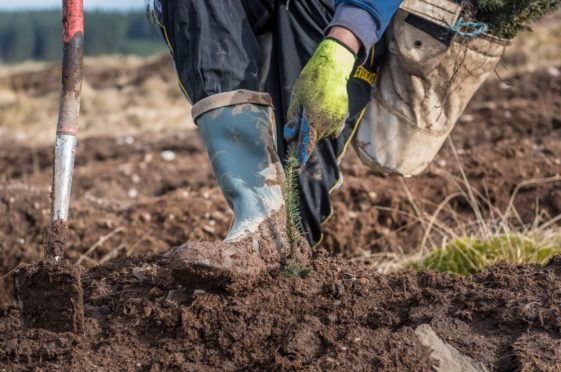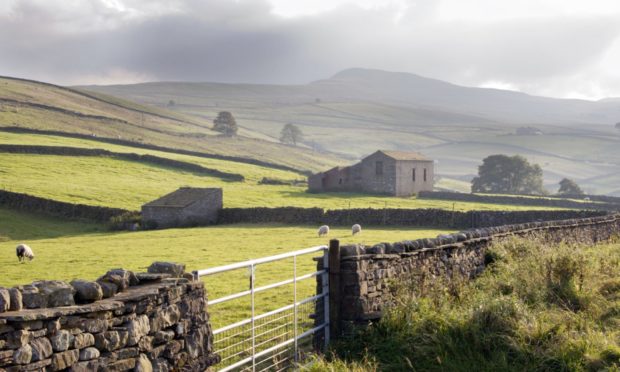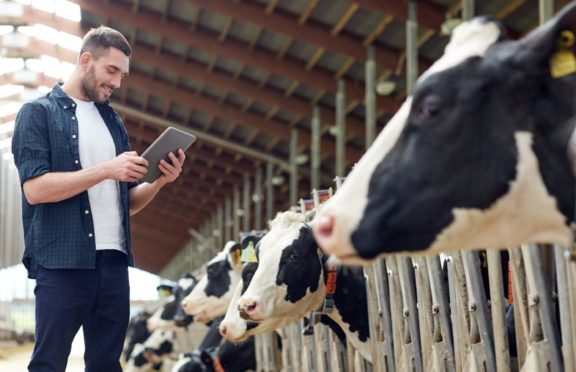At the end of this year, for the first time in nearly two decades, no part of our farm will be in any environmental schemes.
Other farmers throughout Scotland will find themselves in the same position as a result of this year’s round of Agri-Environment Climate Scheme (AECS) applications being restricted to organic farms and designated areas such as Sites of Special Scientific Interest (SSSI).
In our case, environmental measures that started under the Rural Stewardship Scheme in the early 2000’s continued largely unchanged through to the current Agri-Environment Climate Scheme which finishes this year.
For us the schemes were generally successful: there are more hares, lapwings and plover than previously; corncrakes which had been absent since the 1970s are now spotted every summer, and even choughs, last seen here in the 1920s, have made an occasional appearance on the coastal cliffs.
However, all good things come to an end, and Government policy is now more focused on tree planting targets as a means of mitigating climate change.
Generous funding
Along with other farmers I can see that the generous funding available under various woodland creation schemes could offer an alternative for farmers to contribute to the environment.
Scottish agriculture consists of more than 50,000 holdings, and the vast majority will have small areas which are not agriculturally productive and could be planted with trees without loss of farm output.
If these holdings planted on average only a quarter of a hectare each year, then the efforts of Scottish agriculture alone could meet the whole of Scottish Government’s annual planting target of 12,000 hectares, soon to rise to 18,000 hectares.
That’s unlikely to happen overnight, but if there was an easily accessible scheme designed for farmers to plant small areas, say under 10 hectares, many would give it a go.
Such small-scale plantings would likely consist mainly of diverse native broadleaf trees providing much greater environmental gain than the current questionable practices of planting large-scale blocks of good farmland or high carbon (peat) soils with commercial conifers which horrifies most farmers and quite a few foresters.
I’m told by those who know that 80% of new plantings in the south of Scotland are Sitka Spruce, and one only has to go for a walk around the Langholm hills to see vast areas of peat recently ploughed for commercial forestry – a practice that most foresters thought had stopped in the 1980s.
Far from mitigating climate change, treating peat like that is increasing carbon emissions.
Funding challenges
By encouraging more small-scale native species plantings on farms we could see Government planting targets being met with less of the environmental losses associated with monoculture blocks of Sitka Spruce.
While there are a number of farmers who have successfully applied for funding for larger commercial plantings of 10 hectares or more, it is difficult to find smaller-scale examples.
I’ve spoken to plenty who have tried but been rejected or have given up on a bureaucratic application process.
They say the only real option is to engage a forestry consultant which is not justified for small areas, the alternative being to risk drowning in a sea of webpages and hyperlinks while attempting to navigate the Forestry Grant Scheme alone.
On this farm it would be feasible to plant an additional few acres of trees every year for the next decade without any loss in farm output.
Other farmers are willing to do similar.
All that is required a simplified grant application process aimed at farmers undertaking small-scale woodland creation which doesn’t require the services of a consultant nor days in front of a computer to complete.
- Christopher Nicholson is chairman of the Scottish Tenant Farmers’ Association.


